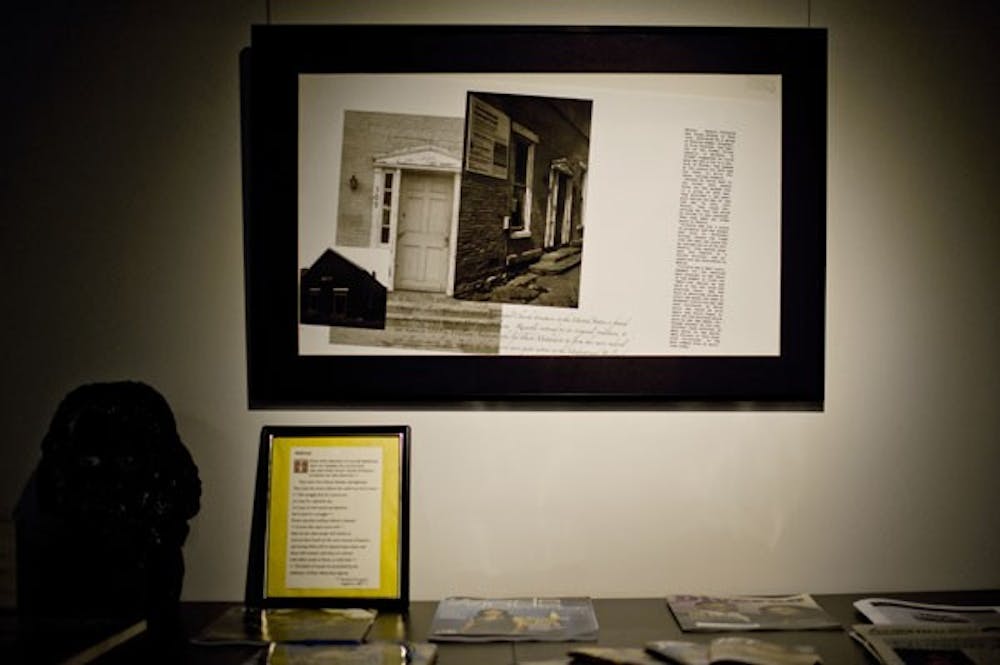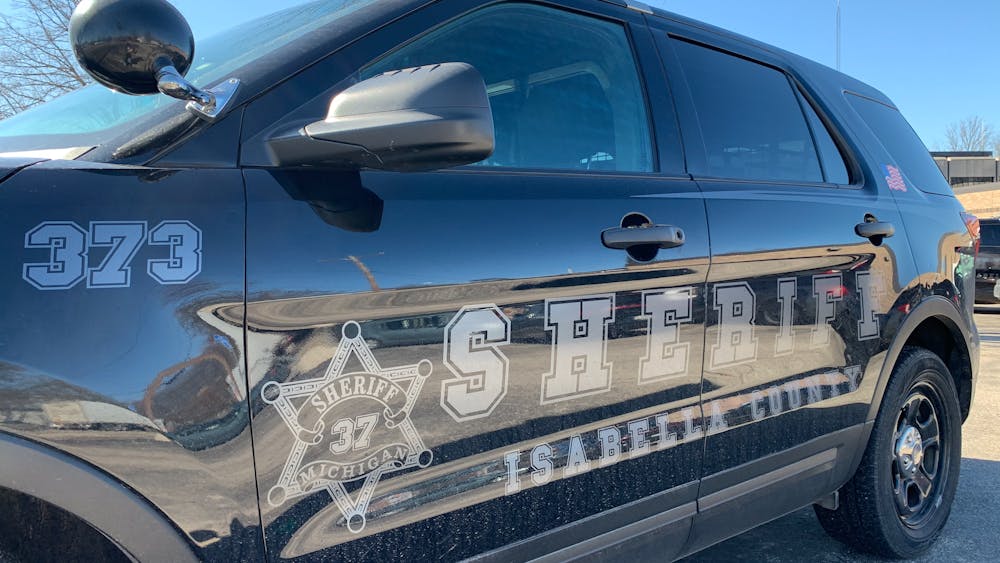UC Underground Railroad exhibit aims to spark discussion on modern-day slavery

A new exhibit in the Bovee University Center illustrates the collaboration of thousands of people with one singular goal: to raise awareness about modern-day slavery.
The Working on the Underground Railroad exhibit, displayed in the Center for Inclusion and Diversity in the UC, will be displayed until Feb. 28.
This collection of photographs and stories of the Underground Railroad was put together by retired Central Michigan University art professor Nedra Frodge.
Frodge lived in an area of Kentucky that was a hub for slave trafficking, though it was also a place where slaves sought freedom on the Underground Railroad. The exhibit is part of a larger body of work that Frodge did with the Underground Railroad.
"All this (work) went into designing the images in the exhibit," Frodge said.
For more than a year, Frodge took pictures of Underground Railroad sites in Kentucky, Ohio, Indiana and Michigan. She also collected information from museums and centers dedicated to the Underground Railroad and spoke with individuals involved in documenting its history.
While Frodge was researching her ancestors, she came across a story about a person who risked his life to help slaves escape. As cited in her artist's statement, that story caused Frodge's interest to change from "the stories of people escaping to freedom, to those who helped the along their journey."
Frodge's exhibit tells a different side of the Underground Railroad by pairing stories of sites along the Underground Railroad and pairing them with stories of happenings along the trail.
Three Rivers graduate student Kamaria Thornton said the exhibit's focus on the Undergound Railroad's complex network.
"It didn't focus on what the slaves went through, but more on how vast and planned-out it was to help slaves get to freedom," Thornton said.
Native American Programs Administrative Secretary Sarah Avery said the Center of Inclusion and Diversity was gifted the entire exhibit by Frodge in 2009. The exhibit was displayed in honor of Martin Luther King, Jr. Week and Black History Month.
"It fits into this time of the year very well," Avery said. "But, it also fits into any time because trafficking is still happening."
Along with stories and old photos of Underground Railroad sites, Frodge included current stories of slavery and human trafficking in her exhibit.
Frodge said she wanted to use history as a way to spark a discussion on modern slavery.
"In order to talk about current problems," Frodge said, "I decided to play off the romance of the period against the cruel reality of slavery in the world to utilize history."
With this exhibit, Frodge hopes to raise awareness and challenge the viewer to ask themselves what can be done about modern trafficking.
"Although I enjoyed the historical research part of the work," Frodge said, "I think I am more focused on letting everyone know that slavery still exists in this world, and we need to do what we can to eliminate it"



